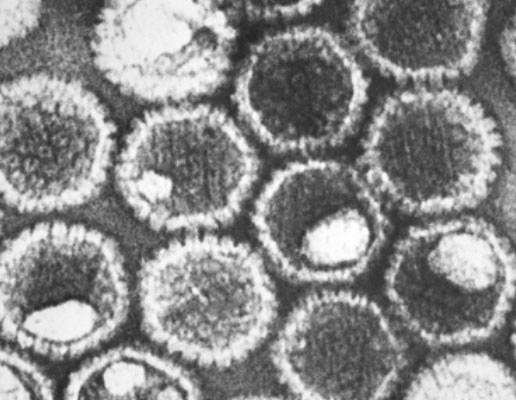After the world paused last year with Covid-19, we all had to adapt and find ways to keep going despite the lockdowns and restrictions. Now the equine industry is facing another major challenge with the outbreak of a particularly virulent strain of EHV1 that causes severe neurological symptoms.
The outbreak, which originally started CES Valencia Spring Tour, has quickly spread throughout Europe. In a statement on the 1st March, the FEI declared that this is probably the most serious outbreak of EHV1 in Europe for many decades. Cases have now also been reported in Doha/Qatar and Ocala/USA.
Measures have quickly been taken by the FEI and national federations to suspend many competitions. The FEI has cancelled international events in 10 countries on the European mainland with immediate effect and until 28 March 2021.
EHV – Equine Herpes Virus has several strains of which strains 1, 3 and 4 pose the most serious health risks for domestic horses. EHV1 can cause four manifestations of disease in horses, including the neurological form, respiratory disease, abortion and neonatal death.
Many horses have been exposed to EHV1 at some stage of their life – commonly foals are exposed to the virus by their dams. Like in humans, where the herpes virus can be latent for many years, horses with the latent infection can be carriers without displaying any symptoms. And also like in humans, various reasons such as stress or decreased immunity can trigger the activation of the virus to cause an active infection. Both asymptomatic carriers and acutely infected horses displaying symptoms can spread the virus.
Direct contact between horses is the most common way in which the virus spreads. It is present in respiratory secretions, but it can also spread through an infected aborted foetus and foetal membranes. Furthermore, spread can also happen through indirect contact, i.e. by picking up the virus from contaminated physical objects and even from handlers.
Not everyone vaccinates their horses for equine herpes virus, and the disease is not notifiable. Many breeders vaccinate their pregnant mares routinely for EHV1 & EHV4 (typically at 5, 7 and 9 months of pregnancy). But none of the available vaccines have a label claim to prevent the neurologic form of EHV1 infection, and it is the neurological form that is currently wreaking havoc. WBFSH Vice President Dr. Vet. Stephan Kelchtermans explained that a correct vaccination schedule is no guarantee that symptoms will be prevented, but vaccination can certainly reduce the severity of the outbreak. As many vaccines are already getting low in stock, Dr Kelchtermans stressed that prevention is the most important issue.
We cannot predict how the outbreak will affect the breeding industry. In the northern hemisphere it is early in the breeding season, and essential movement of mares and foals will be necessary to get mares back into foal. Mare and foal shows are due to kick off in the coming weeks, and the risk for potential spread is therefore high.
Although the virus is currently resulting in illness with the neurological disease, pregnant mares infected with EHV1 are at risk of spontaneous, late-term abortion.
So, there are a few measures that can be taken to reduce the risk of spread to our breeding population:
- The best thing that can be done right now is to move horses as little as possible.
- Pregnant mares should be kept separate from other horses. Foaling down at home if possible is preferrable to foaling down at a foaling station where mares and foals come and go.
- Practice hygiene and avoid sharing grooming equipment, halters and other items between horses kept in different groups.
Mares should be vaccinated (though for this season it might already be too late for some)
If a mare aborts, has a still born foal, or a foal that dies within 14 days of birth, precautions should be taken – seek veterinary to examine if there was an EHV infection. The mare should be kept separate from the rest of the herd until EHV can be excluded.
If EHV has been determined to be the cause of the abortion or the foal’s death, the stable where the mare birthed down needs to be decontaminated. If the mare has aborted or birthed in a field with other mares, these mares need to be kept isolated.
It is crucial that the equine community, both breeding and sport, work together to fight this outbreak and limit its further spread. To prevent further damage in the horse breeding industry, Dr Kelchtermans recommends that any breeder who has problems with abortion or a neurological outbreak, contact their veterinarian to have a laboratory test performed. This will assist national health organisations to monitor the outbreak. Only correct diagnosis, monitoring and prevention can control this outbreak.




